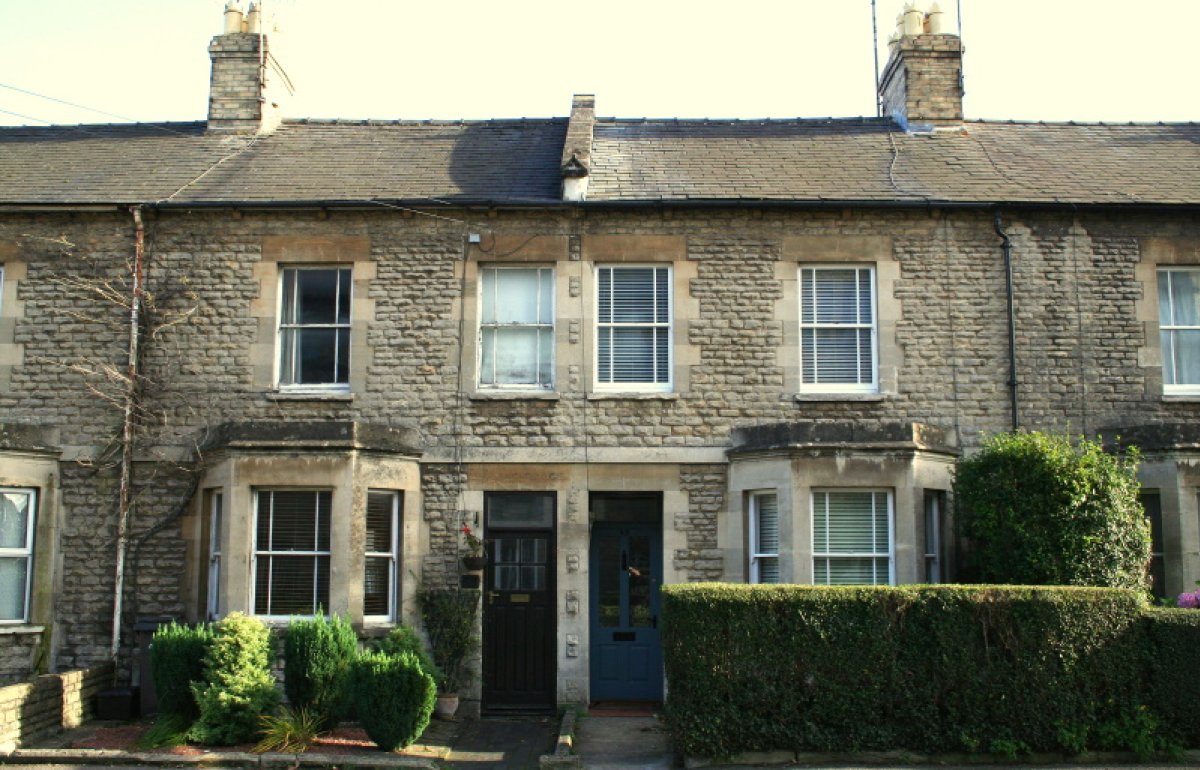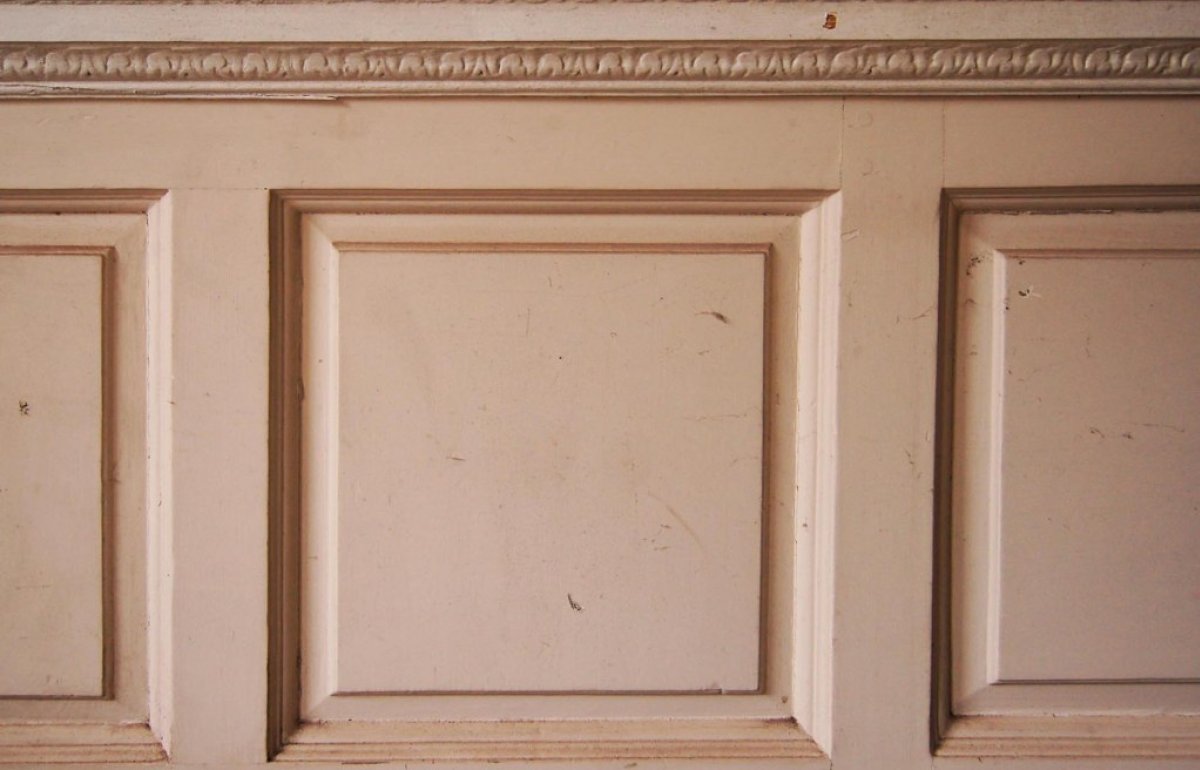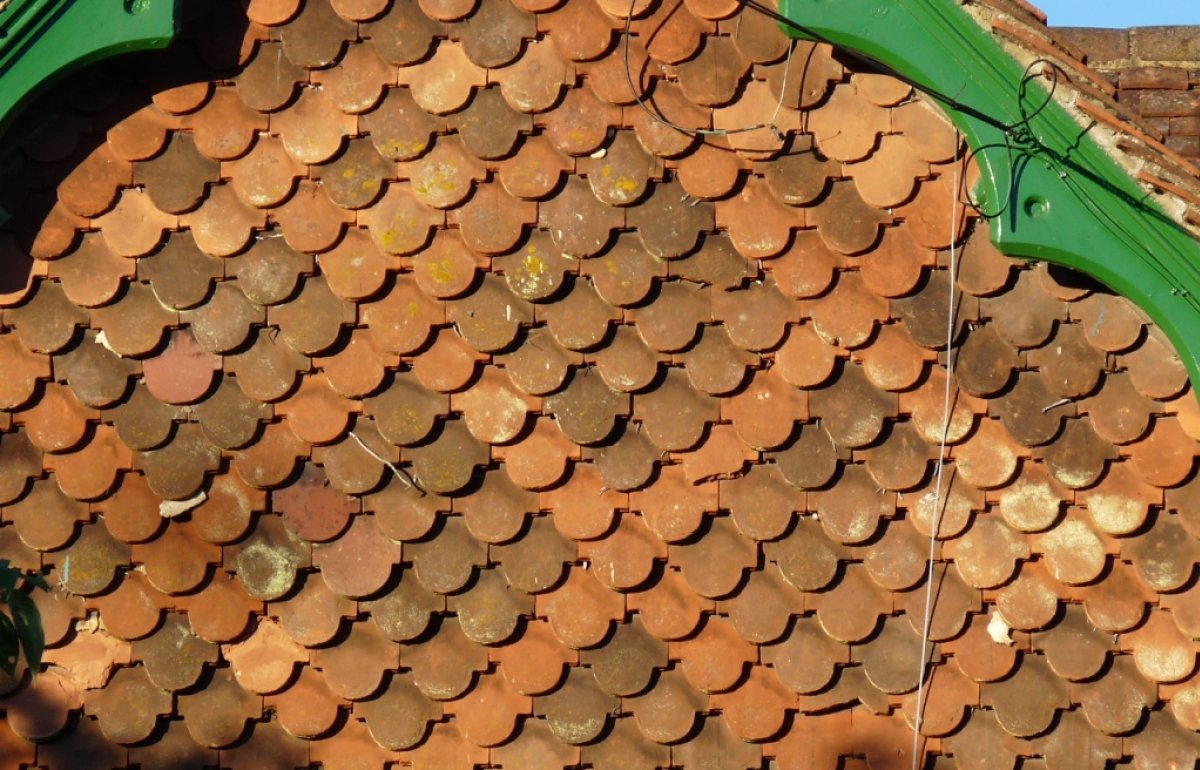True slate roofing
Advice on the repair and maintenance of slate roofs, or rather, true slate roofs.
What are true slates, how have they been used for roofing?
True slates are derived from hard, impervious metamorphic rock that can be split into thin layers. Distinct from limestone and sandstone slates, they are associated particularly with Scotland, Wales, Cornwall and Cumbria.
Slates and slating techniques vary. Most true slates are uneven, irregularly sized and laid in courses that diminish towards the ridge. The main exception is Welsh slates from the 19th century onwards, which are smooth and used in regular sizes that give uniform courses. Their usage spread widely with the advent of railways.
How do true slate roofs deteriorate?
Fixings and their supporting timbers usually deteriorate before slates. Over time, the corrosion of nails (‘nail sickness’) may cause slates to slip or split, and battens or pegs may decay due to insect or fungal attack.
Other causes of deterioration include: the delamination of poor quality slates, whereby they split into layers; mechanical damage (such as wind-lift); bad practice (for instance, the use of thin nails that cut through slates); and the decay of mortar ‘torching’ underneath slates.
Should I repair or reslate my roof?
This depends on the extent of deterioration. Consideration should normally be given to reslating when repairs are no longer cost effective. This is typically after one-fifth of the slates have been renewed. The condition of gutters and ancillary items, such as flashings, will also influence the course of action.
Repair or reslating should be entrusted to a reputable roofer, and the SPAB may be able to advise on suitable contractors in your area.
What might the repair of true slate roofing entail?
Isolated slipped, broken or missing slates require re-securing or replacing using copper wire or straps (‘tingles’) or equivalent proprietary fixings. Where a patch of slates is re-fixed, as above a partially-renewed batten, most can be secured with nails instead of tingles. Old slates should not be reversed. Any broken slates can be stored for re-dressing and reuse elsewhere on the roof in the future.
Foam or bituminous-type remedial treatments are inadvisable. They prevent proper inspection, hinder the reuse of slates and, by reducing ventilation, increase the risk of timber decay.

How should I introduce new true slates?
New slates should usually match the type, colour, texture, size and thickness of the existing ones. Although many quarries have closed, natural slate is still available, and substitute artificial materials are considered inappropriate. When completely re-covering a roof, the maximum number of old slates should be re-used. Care should, therefore, be taken to avoid breakage whilst removing nails. Depending on the circumstances, new slates can be mixed with old ones across the roof or reserved for the less prominent slopes.
What battens and fixings are suitable for old true slate roofing?
Where the appearance of the roof underside is important, riven laths rather than sawn battens will normally be appropriate and wooden pegs and torching should be used if already existing. In other situations, the incorporation of a 'breather' underlay may be justified, but battens should be sawn and additional ventilation must be allowed for. Slates should generally be fixed with broad-shanked copper nails. Ringed stainless steel nails are suitable for fixing battens or laths.
How should details be treated on old true slate roofs?
The emphasis should be on matching details appropriate for the locality and building’s age. The detailing of hips, valleys, ridges, dormers, eaves and abutments should therefore be recorded.
Occasionally, it may be acceptable to introduce modifications. When renewing mortar fillets or mitred hips, for example, it is often prudent to include concealed lead soakers as additional protection against moisture ingress. Remember, though, that changing the details of a roof may require Listed Building Consent.
How do I improve the ventilation of an old true slate roof?
The ventilation of most true slate roofs can be increased sensitively, where required, but may require innovation. Most old roofs do not lend themselves to the use of proprietary eaves ventilators, although such devices may be suitable above parapet gutters.
English Heritage (2013) Roofing, Practical Building Conservation, Farnham: Ashgate Publishing Ltd



